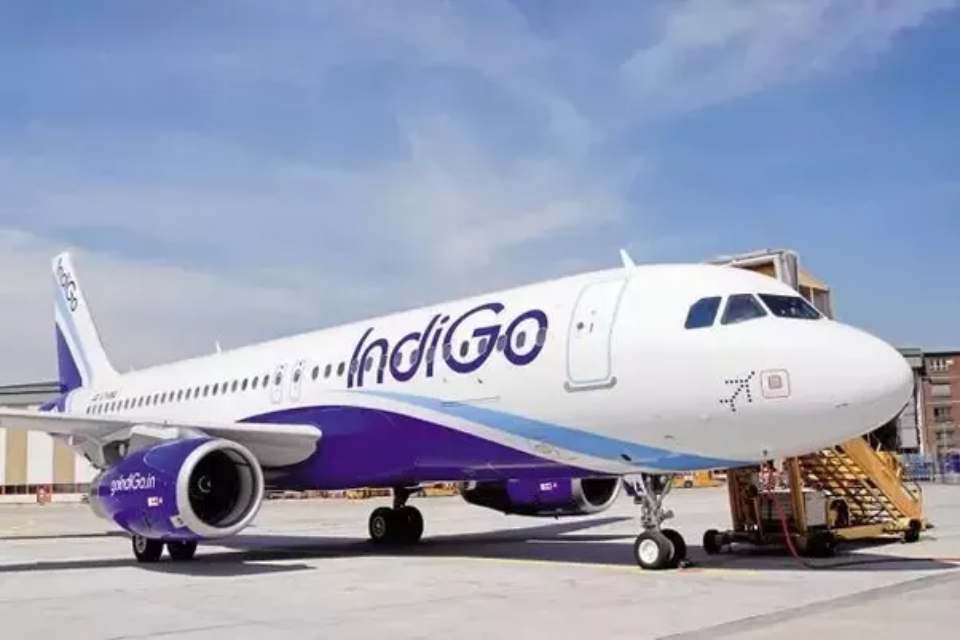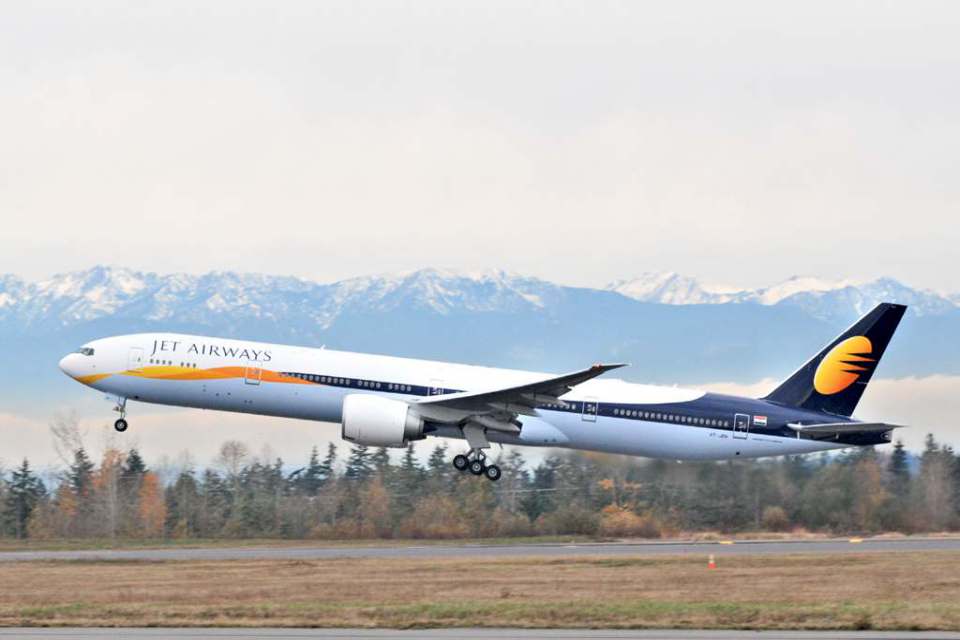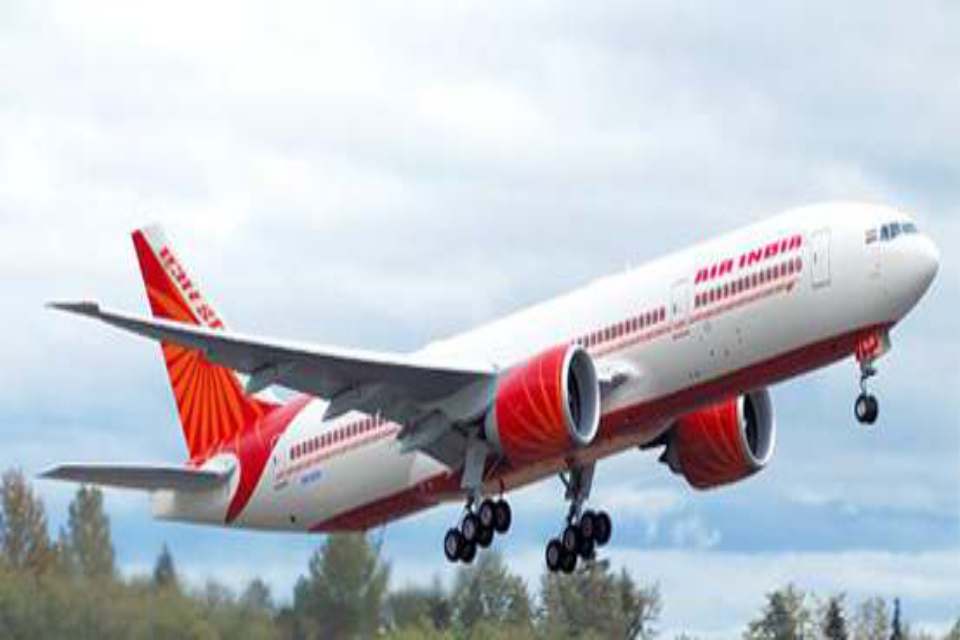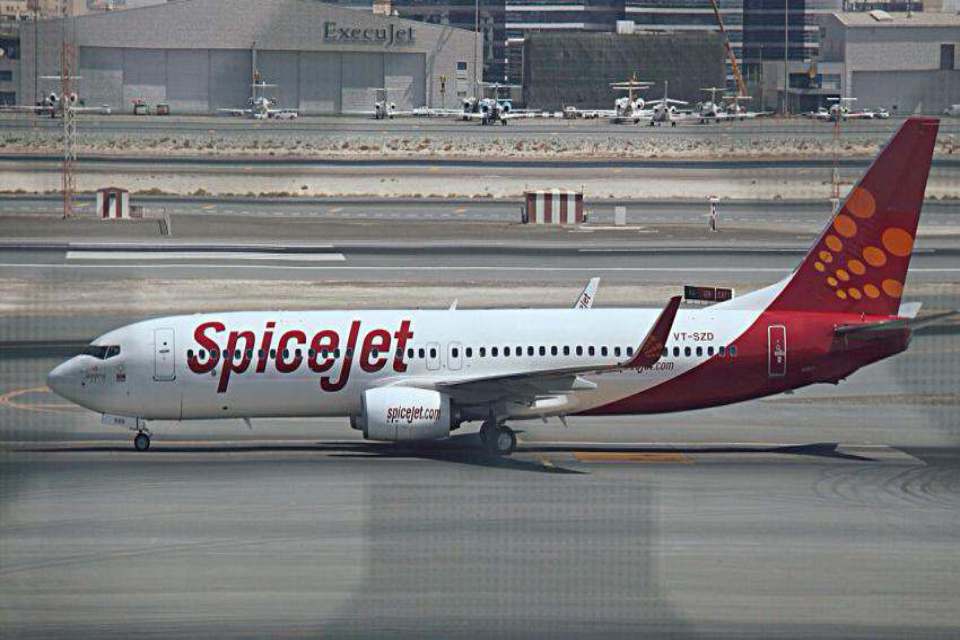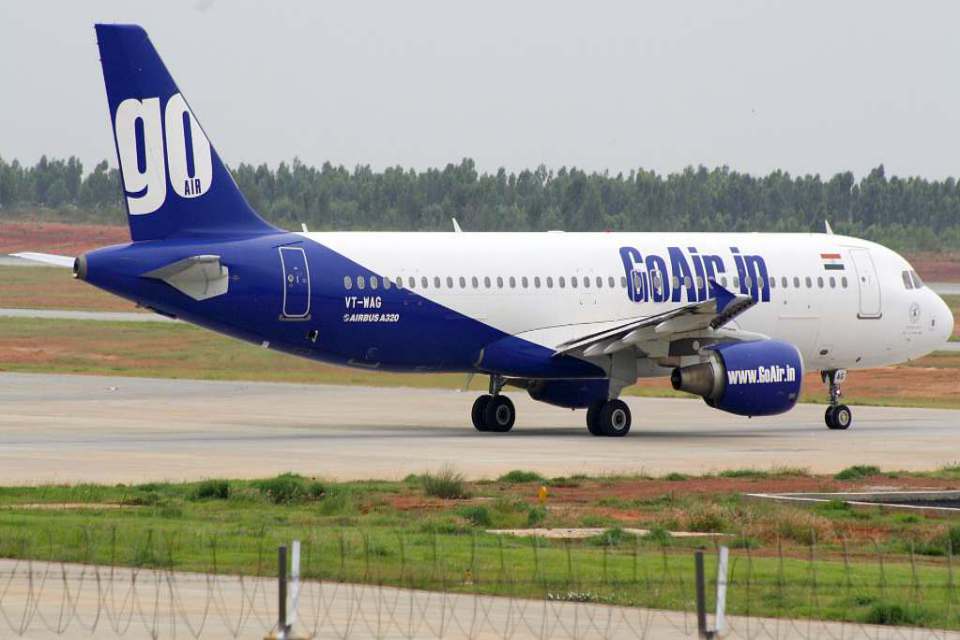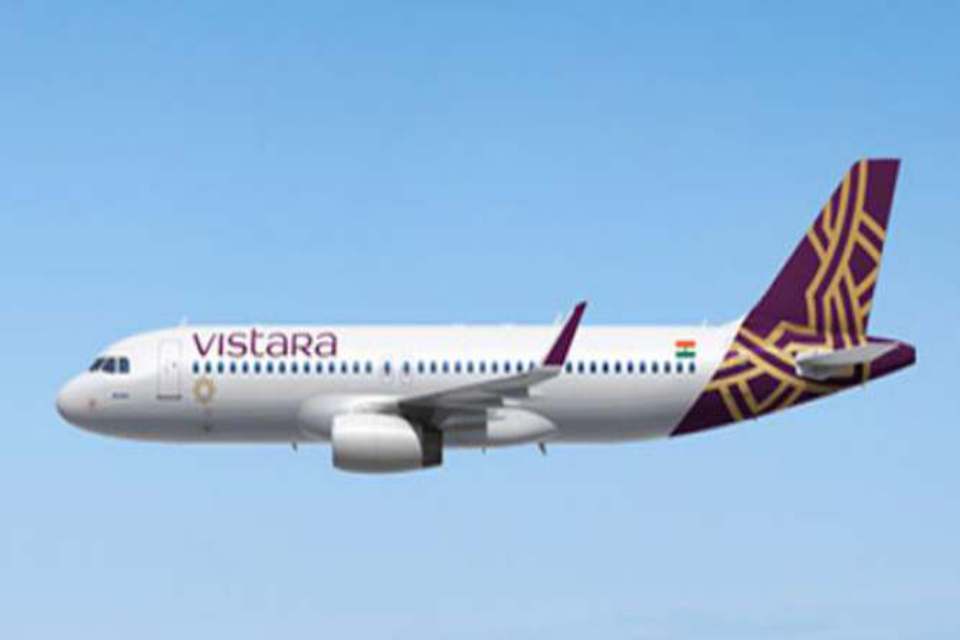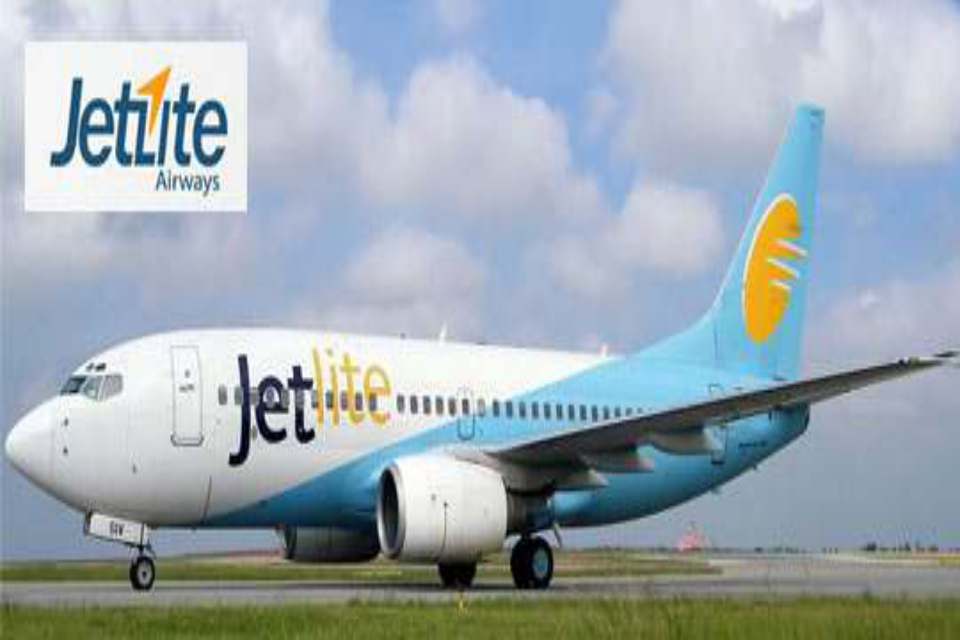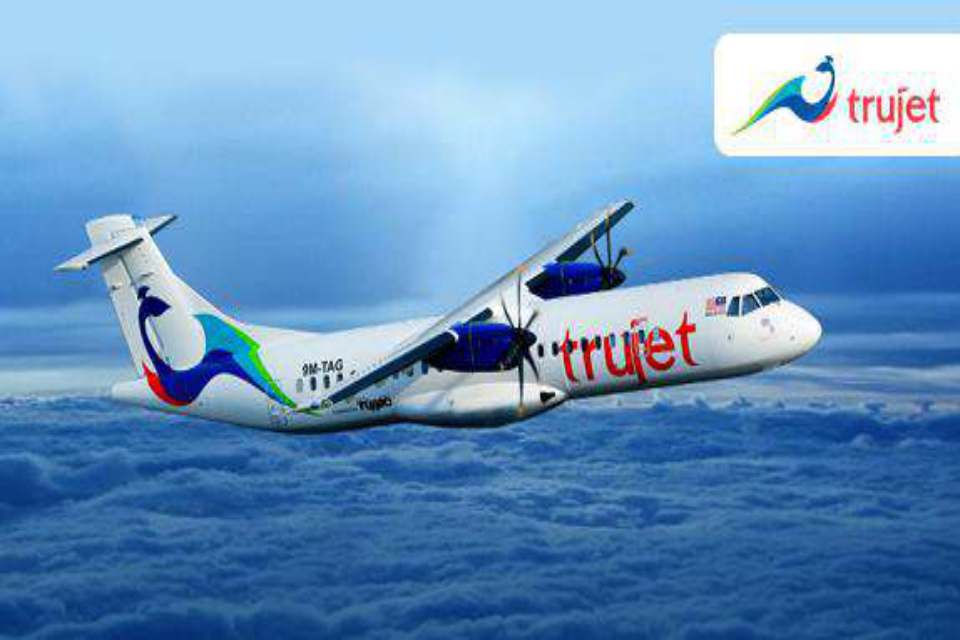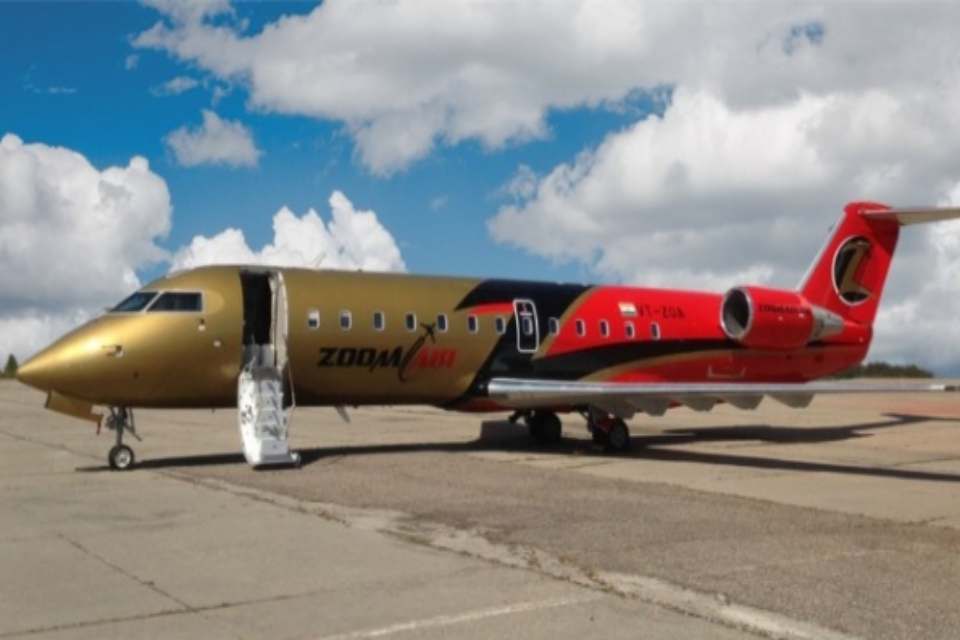Aviation
Top 10 Airlines in India 2018
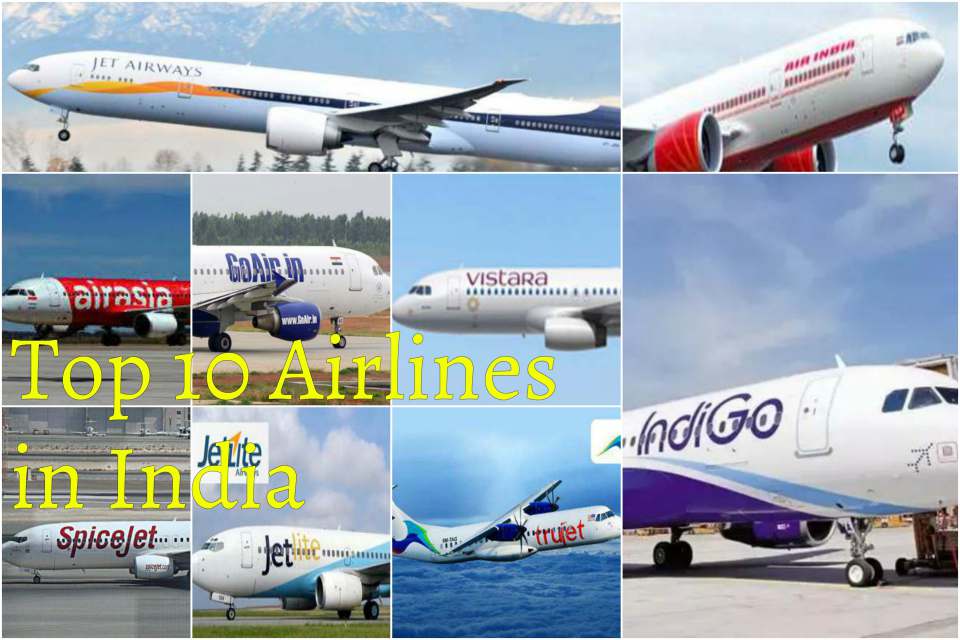
Top 10 Airlines in India 2018
The DGCA reported Performance of domestic airlines for the year 2018. Traffic data submitted by various domestic airlines has been analysed for the month of Feb 2018. Following are the salient features:
Passenger Growth
Passengers carried by domestic airlines during Jan-Feb 2018 were 222.09 lakhs as against 182.34 lakhs during the corresponding period of previous year thereby registering a growth of 21.80 %
1. IndiGo
IndiGo (Registered as Interglobe Aviation Ltd.) is a low-cost airline headquartered at Gurugram, Haryana, India. It is the largest airline in India by passengers carried and fleet size, with a 42% market share as of February 2018. It is also the largest individual Asian low-cost carrier in terms of jet fleet size and passengers carried, and the Seventh largest carrier in Asia with over 41 million passengers carried in 2016. The airline operates to 49 destinations both domestic and international. It has its primary hub at Indira Gandhi International Airport, Delhi.
2. Jet Airways
Jet Airways is a major Indian international full-service airline based in Mumbai. In July 2017, it was the second-largest airline in India after IndiGo with an 18.2% passenger market share. It operates over 300 flights daily to 68 destinations worldwide from its main hub at Chhatrapati Shivaji International Airport and secondary hubs at Amsterdam Airport Schiphol, Chennai International Airport, Indira Gandhi International Airport, Kempegowda International Airport and Netaji Subhas Chandra Bose International Airport.
3. Air India
Air India is the flag carrier airline of India.It is owned by Air India Limited, a government-owned enterprise, and operates a fleet of Airbus and Boeing aircraft serving 90 domestic and international destinations. The airline has its hub at Indira Gandhi International Airport, New Delhi, alongside several focus cities across India. Air India is the largest international carrier out of India with an 18.6% market share. Over 60 international destinations are served by Air India across four continents. Additionally, the carrier is the third largest domestic airline in India in terms of passengers carried (after IndiGo and Jet Airways) with a market share of 29% as of July 2018. The airline became the 27th member of Star Alliance on 11 July 2014.
4. SpiceJet
SpiceJet is a low-cost airline headquartered in Gurugram, India. It is the third largest airline in the country by number of domestic passengers carried, with a market share of 27% as of July 2017. The airline operates 312 daily flights to 55 destinations, including 45 Indian and 10 international destinations from its hubs at Delhi, Kolkata and Hyderabad.
5. GoAir
GoAir is a low-cost carrier based in Mumbai, India. It is owned by the Indian business conglomerate Wadia Group. In July 2017 it was the fifth largest airline in India with an 21% passenger market share. It commenced operations in November 2005 and operates a fleet of Airbus A320 aircraft in all economy configuration. As of October 2017, the airline operates over 140 daily flights to 23 cities from its hubs at Mumbai, Delhi and Kolkata.
6. Air Asia
AirAsia India is an Indian low cost carrier headquartered in Chennai, India. The airline is a joint venture with AirAsia Berhad holding 49% stake in the airline, Tata Sons holding 40.06% and Arun Bhatia holding the remaining 10% through his company, Telestra Tradeplace. Air Asia India commenced operations on 12 June 2014 with Bangalore as its primary hub.
7. Air Vistara
Tata SIA Airlines Limited, operating as Vistara, is an Indian domestic airline based in Gurgaon with its hub at Delhi-Indira Gandhi International Airport. The carrier, a joint venture between Tata Sons and Singapore Airlines, commenced operations on 9 January 2015 with its inaugural flight between Delhi and Mumbai. The airline had carried more than two million passengers by June 2016 and as of May 2017, has a 7.9% share of the domestic carrier market, making it the 6th largest domestic airline. The airline operates to nineteen destinations with a fleet of Airbus A320-200 aircraft. Vistara was the first airline to introduce premium economy seats on domestic routes in India.
8. JetLite
JetLite is a low-cost subsidiary of Jet Airways. It was formerly known as Air Sahara until the buyout by Jet Airways which rebranded the airline as JetLite.The airline was established on 20 September 1991 and began operations on 3 December 1993 with two Boeing 737-200 aircraft as Sahara Airlines, as part of the major Sahara India Pariwar business conglomerate. Jet Airways announced its first takeover attempt on 19 January 2006, offering US$500 million (₹20 billion) in cash for the airline
9. Trujet
Turbo Megha Airways Pvt Ltd, operating under the brand name TruJet, is an Indian low-cost regional airline based at Rajiv Gandhi International Airport in Hyderabad. It was founded in 2013 by Vankayalapati Umesh, managing director of Turbo Aviation, and includes actor Ram Charan as director and brand ambassador. The airline, which began operations in July 2015, focuses on connecting Tier-2 cities and targets pilgrims and middle class travellers. As of November 2016, TruJet flies to ten destinations in India using four ATR 72 aircraft. In May 2017, Trujet was the eighth largest scheduled airline in India with a 0.5% market share.
10. Zoom Air
Zoom Air, the brand name for Zexus Air Services, is a regional airline based at Indira Gandhi International Airport in Delhi, India. Founded in 2013 as Zexus Air, the airline obtained its air operator’s certificate in February 2017 and began operations later in the month. As of March 2017, Zoom Air flies to seven destinations in India using two Bombardier CRJ200’s.
Airline Market share (%) Passenger Load Factor (%) Feb-Month
- Indigo Airlines 42.2 91.8
- Jet Airways 32.09 90.4
- Air India 29.53 86.7
- Spice Jet 27.79 96.3
- Go Air 21.16 90.4
- Air Asia 9.45 88.0
- Air Vistara 7.94 91.2
- Jet Lite 4.95 90.3
- TruJet 0.63 77.0
- Zoom Air 0.06 84.2
Report Courtesy : DGCA, India
For Download

Aviation
Boeing, Antonov to Collaborate on Defense Projects
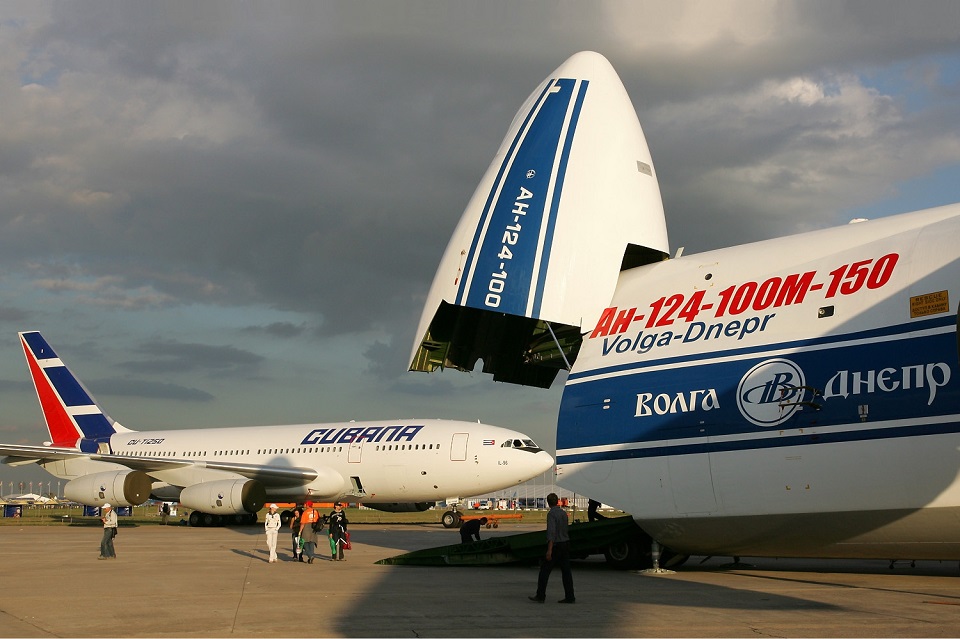
– MOU represents Boeing’s commitment to work with Ukrainian industry
– Includes exploring opportunities for collaborating on in-country support of Unmanned Aerial Systems
A Memorandum of Understanding was signed today by Boeing and Antonov Company to investigate potential collaboration on defense-related projects.
“We’re happy to keep collaborating with the Antonov Company to help Ukraine’s economic development and expansion,” stated Ted Colbert, CEO and president of Boeing Defence, Space, & Security.
Airbus and the Antonov An-225: The Best Partnership:Click here
“This agreement demonstrates our ongoing efforts to find more opportunities to work with Ukrainian industry, which was underscored by our signing of the Ukrainian Defence Industry Compact earlier this year.”
The areas of potential collaboration identified in the agreement consist of training, logistical support and overhaul services for tactical Unmanned Aerial Systems utilized by the Ukrainian Armed Forces, which includes the ScanEagle. In addition, the companies will also explore opportunities for Antonov to provide engineering support to Boeing.
The six largest cargo aircraft ever built in the aviation industry:Click here
“A strong, innovative, and efficient defense industry is key to sustainable economic development and national security, and we are extremely excited to collaborate with Boeing,” said Ievhen Gavrylov, CEO of Antonov Company.
This agreement brings a whole new level of opportunity to implement the latest and most effective solutions – in addition to the possibility of future projects with Boeing in the aerospace and defense industry.”
-
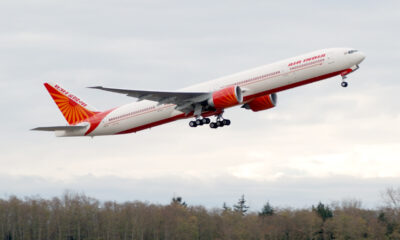
 Travel1 week ago
Travel1 week agoAir India to Expand US Operations with Three New Routes After a Decade
-

 Travel2 weeks ago
Travel2 weeks agoWhy We Should Avoid These Stamps in a Passport
-

 Airlines1 month ago
Airlines1 month agoInvestigations Reveal Fake Chinese Titanium in Boeing and Airbus Jets
-

 Tech4 weeks ago
Tech4 weeks agoChina’s CATL Plans 1,800-Mile Electric Plane Launch by 2027
-
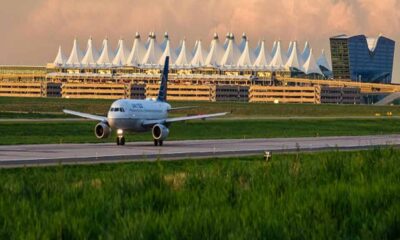
 Airport3 days ago
Airport3 days agoTop 10 Largest Airports in the World by Size
-
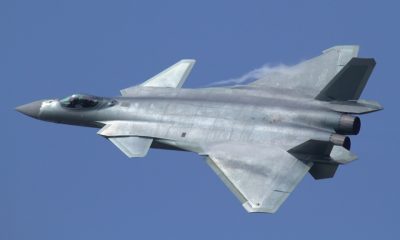
 Aerospace4 weeks ago
Aerospace4 weeks agoChina’s Fighter Jets Turn Wings into Autonomous Drones
-
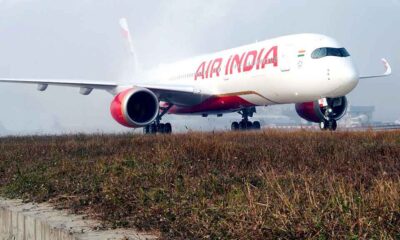
 Airlines4 days ago
Airlines4 days agoAir India Rolls Out A350s for Delhi-New York JFK and Newark Routes
-
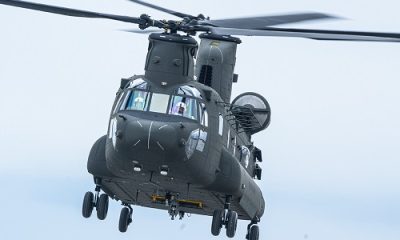
 Defence3 weeks ago
Defence3 weeks agoBoeing Enhances Chinook with New Engines and Block II Upgrades at $96 Million

